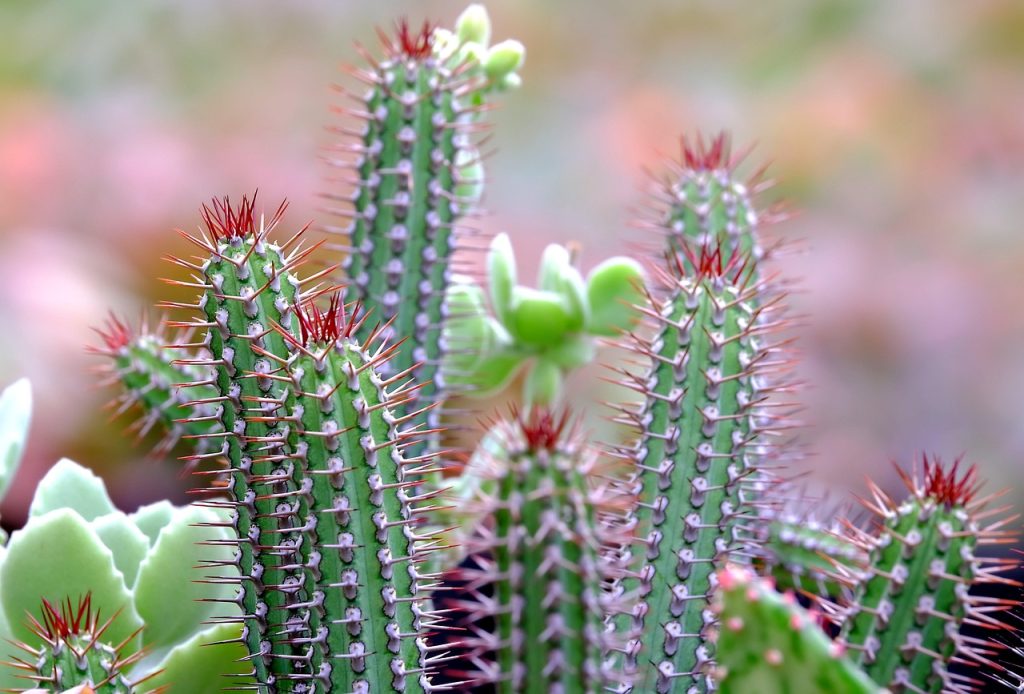Succulents have taken the gardening world by storm, becoming a favorite among both novice and seasoned plant enthusiasts. Their unique ability to store water in their leaves, stems, and roots makes them exceptionally resilient and versatile. Whether you’re looking to add a touch of greenery to your home or embark on a full-fledged garden project, succulents offer a diverse range of options that cater to all tastes and preferences.
The Fascinating Origins and Characteristics of Succulents
Succulents are an incredibly diverse group of plants that belong to various families, including Crassulaceae, Cactaceae, and Aizoaceae, among others. These plants are primarily native to arid regions worldwide, ranging from the deserts of Africa and the Americas to the dry areas of Asia and Europe. This wide geographical distribution has contributed to their vast diversity, with thousands of species boasting unique adaptations to survive in harsh conditions.

Diverse Varieties and Appearance
One of the most enticing aspects of succulents is their wide array of shapes, sizes, and colors. From the geometric rosettes of Echeveria to the towering columns of Cacti, succulents come in forms that can fit any aesthetic. Their colors range from deep greens and purples to vibrant reds and blues, often changing hues with the seasons or varying light conditions.
Ideal Growing Conditions for Succulents
Succulents thrive in environments that mimic their natural habitats. They are well-suited to indoor and outdoor settings, provided they receive the right amount of sunlight, water, and soil composition.
Light Requirements
While succulents generally prefer bright, indirect sunlight, their specific needs can vary. Most types, like Aloe and Sedum, require about six hours of sunlight per day. However, some species, such as Haworthias, can tolerate lower light conditions, making them ideal for indoor spaces with less natural light.
Soil and Watering Needs
Succulents require well-draining soil to prevent root rot. A mix of cactus soil or a combination of potting soil with sand or perlite works best. When it comes to watering, the “soak and dry” method is ideal. This involves thoroughly watering the plant and allowing the soil to dry out completely before the next watering session.
Temperature Tolerance
Most World of Succulents prefer temperatures between 60°F and 80°F. While many can tolerate slight variations, protection from frost is essential, as freezing temperatures can damage their tissues.
Planting and Propagation of Succulents
Planting succulents is a straightforward process that can be performed by anyone, regardless of their gardening experience. The key is to ensure proper soil preparation and suitable container choices.
Step-by-Step Planting Guide
- Select a pot with drainage holes to prevent water accumulation.
- Fill the pot with a succulent soil mix.
- Place the succulent in the pot, ensuring the root ball is just below the rim.
- Backfill with additional soil, pressing gently around the base.
- Water thoroughly after planting, then allow the soil to dry before watering again.

Propagation Techniques
Succulents are relatively easy to propagate, making them a favorite for gardeners looking to expand their collections. The most common methods include:
- Leaf Propagation: Gently twist a healthy leaf from the stem and allow it to callous for a few days before placing it on well-draining soil.
- Stem Cuttings: Cut a healthy stem and let it dry for a few days. Plant in soil and water sparingly until roots develop.
- Offsets: World of succulents produce small “pups” or offsets that can be gently removed and replanted.
Seasonal Care for Succulents
While succulents are hardy, they require specific care adjustments throughout the year to thrive.
Spring and Summer Care
During the growing season, succulents benefit from additional sunlight and more frequent watering. This is also the ideal time to fertilize them with a diluted, balanced fertilizer.
Autumn and Winter Care
In colder months, succulents enter a dormant phase, requiring less water and no fertilizer. It’s crucial to reduce watering and protect them from cold drafts indoors.
Common Problems and Solutions
Despite their resilience, succulents can face certain challenges that require intervention.
Pests and Diseases
- Mealybugs: Often appear as white, cottony masses. Treat with insecticidal soap or neem oil.
- Root Rot: Caused by overwatering. Allow the soil to dry completely and remove affected roots if necessary.
- Sunburn: Brown patches on leaves indicate too much direct sunlight. Move to a shadier spot.

Real-Life Uses and Benefits of Succulents
Beyond their aesthetic appeal, succulents offer several practical benefits. They are known for their air-purifying qualities, improving indoor air quality by removing toxins. Additionally, World of succulents like Aloe Vera have medicinal properties, providing relief for burns and skin irritations.
FAQs About Succulents
Yes, many succulents thrive indoors with adequate light and proper care.
Water only when the soil is completely dry, generally every 1-2 weeks depending on the environment.
A well-draining soil mix, such as cactus soil or a combination of potting soil with sand or perlite.
Most succulents are not frost-tolerant and should be protected from freezing temperatures.